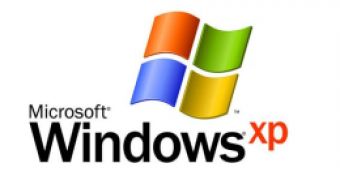Windows XP Service Pack 3 does play nice with Intel Core 2 Duo processors, with a small exception, according to Microsoft. Apparently, the Win32_Processor class of XP SP3 manages to label Intel Core 2 Duo CPUs incorrectly, this also being valid for machines running XP with Service Pack 2 installed. In this context, it is clear that the problem was identified following the availability of XP SP3 and that Microsoft did not include it in the last service pack for the 32-bit editions of Vista's predecessor.
"A program can use the Win32_Processor Windows Management Instrumentation (WMI) class in the rootcimv2 namespace to determine the kind of processor that is installed in a computer. However, on a Windows XP-based computer that has Intel Core 2 Duo processors installed, the Name property is not identified correctly. For example, you run the following command on a Windows XP-based computer that has an Intel E8000 series processor installed: wmic path Win32_Processor where DeviceID='CPU0' get name," Microsoft informed.
According to the Redmond company, using the Windows Management Instrumentation class to tell Windows XP to identify the processor installed on the machine will result in an erroneous label for Intel Core 2 Duo processors. In this context, instead of reporting an Intel Core2 Duo CPU E8000 CPU, XP could indicate an "Intel Pentium III Xeon" or even "Intel Pentium III" as a hardware component when this is, of course, not the case. Microsoft did indicate that System Properties or System Information accessible by entering MSInfo32.exe in a Run dialog box would correctly identify Core 2 Duo CPU even though wmic does not.
Users of more recent Windows operating system releases such as Windows Vista and Windows Vista SP1 will notice that these platforms have no problems when it comes down to displaying the correct Name property for Intel Core 2 Duo processors via the Win32_Processor class. At the same time, users of XP SP2 and XP SP3 can contact Microsoft in order to get access to a hotfix that is available from the company.

 14 DAY TRIAL //
14 DAY TRIAL //